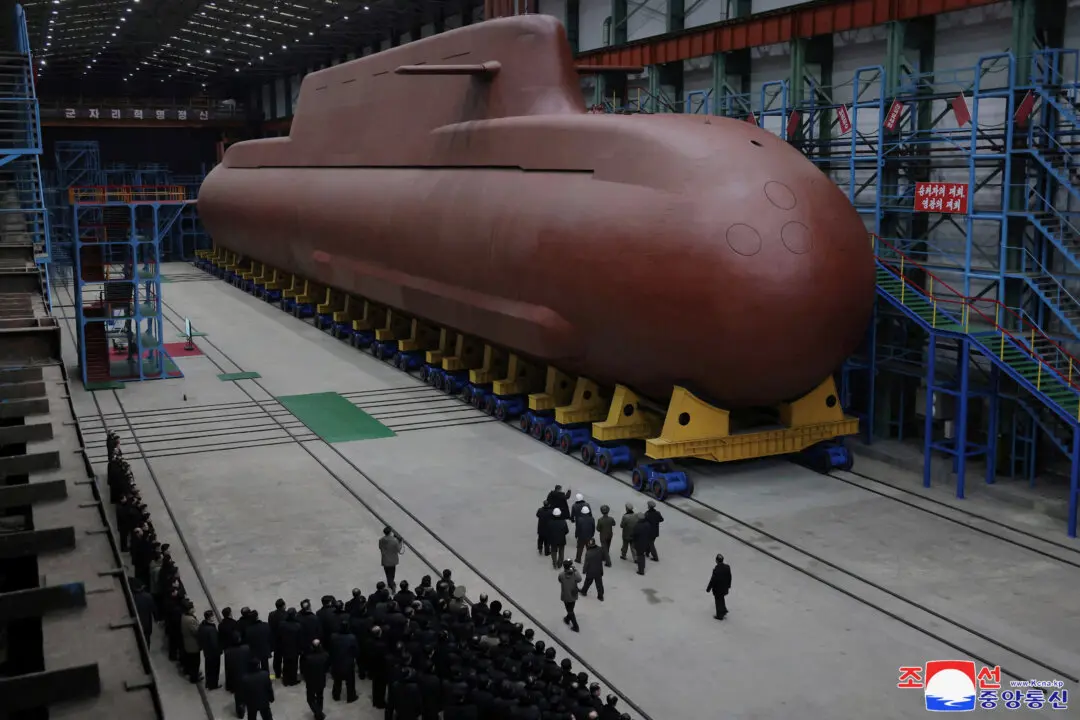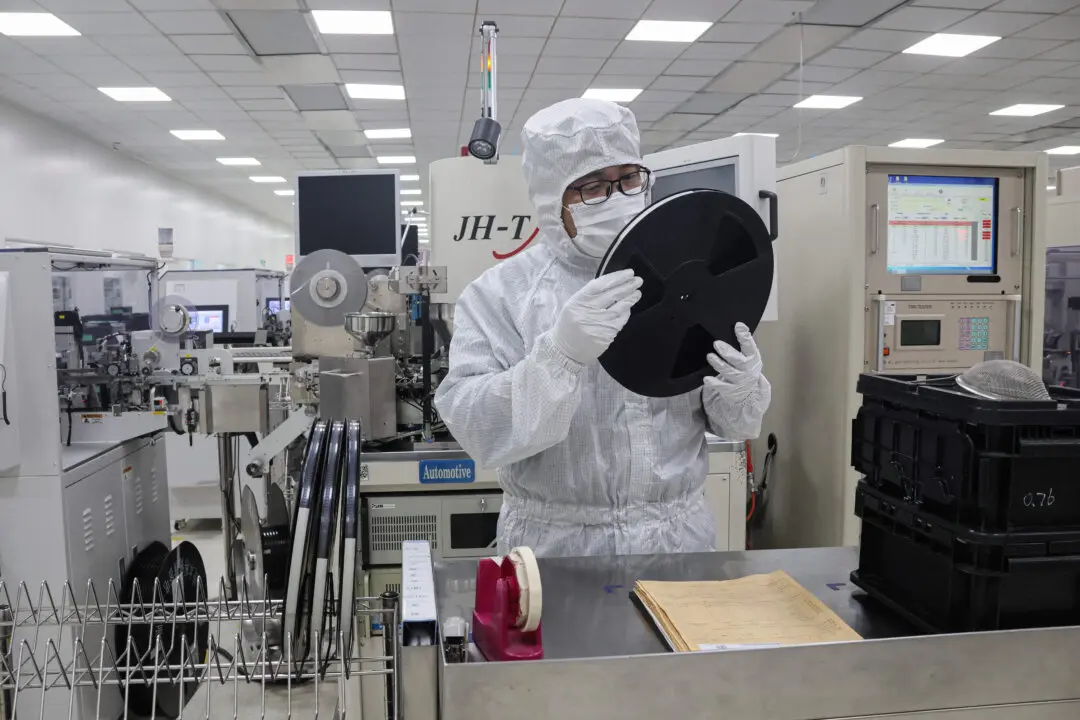Airshow China—the biannual exhibition held in Zhuhai city where China displays its latest tactical weapons—was held this year from Nov. 6 to 11. While Chinese reports said the show faced some financial constraints, it offered a host of new aircraft and unmanned aircraft systems, which are the focus of this first article in a new four-part series.
Since 1996, China has hosted the show, also called the Zhuhai Airshow at the Zhuhai Jinwan Airport in the southern province of Guangdong. In 2014, the air and space technology show expanded to include a large display dedicated to ground force systems.





